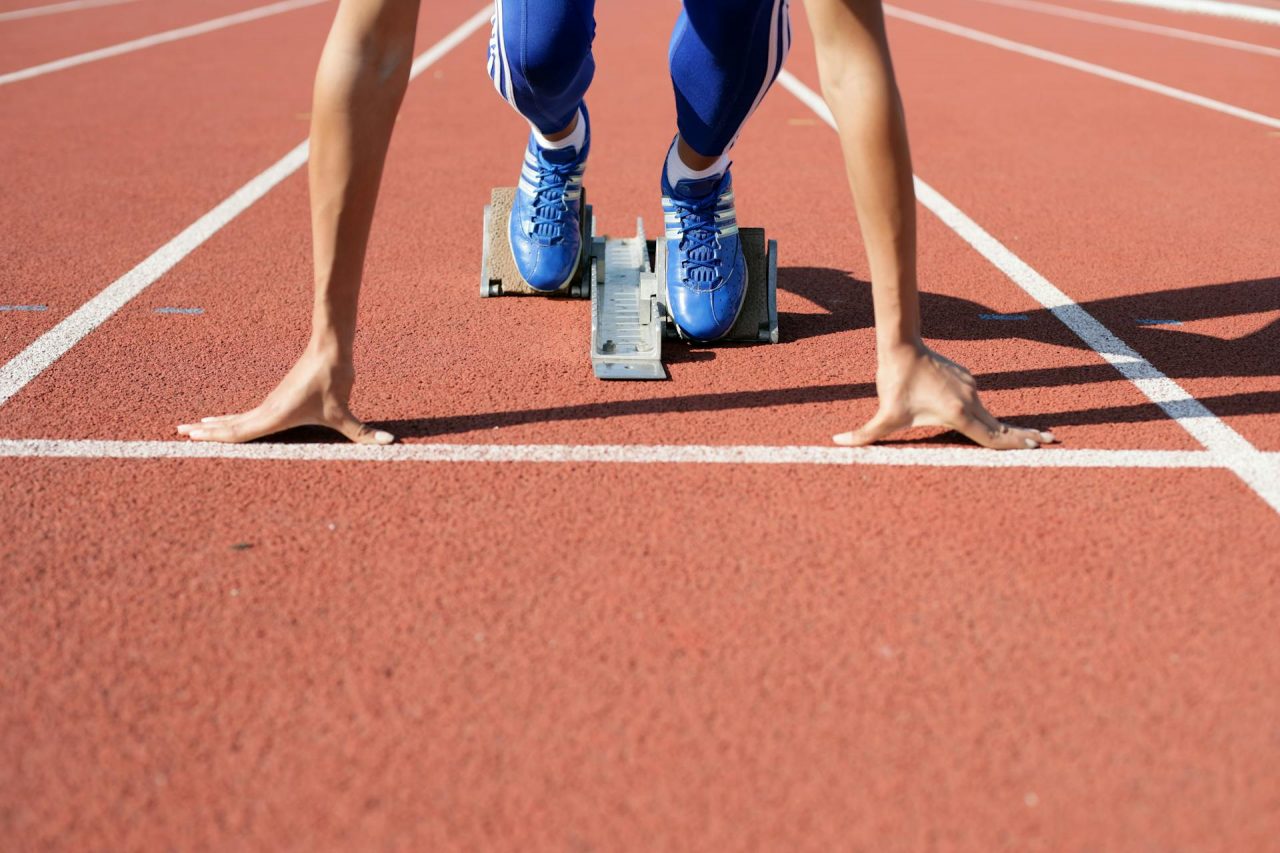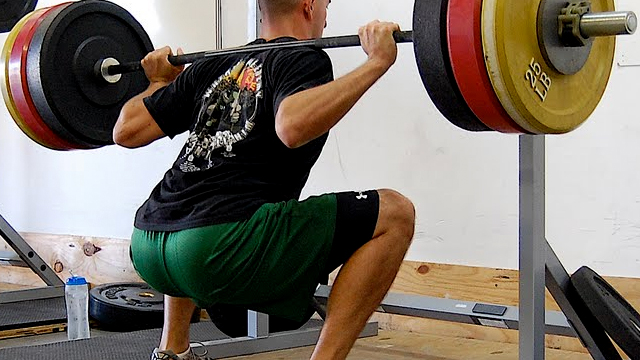We’ve known that hamstring injuries happen when athletes sprint for a long time now. There have been a lot of hypothesis about why this is. The strength and conditioning field has looked at flexibility, mobility, strength, and eccentric strength as culprits. This is an important thing in the coaching field because hamstring injuries can cause an athlete to miss games and practices for weeks and can predispose an athlete to subsequent injuries.
The authors of a recent review in the journal Sports Medicine note that despite our decades of knowledge and interventions, hamstring injuries are on the rise in sports. The authors in this review look at the biomechanics behind sprinting and consider whether this is the culprit behind these injuries.
The review is divided into several sections:
- Hamstring biomechanics
- Applied anatomy
- Kinematics
Hamstring biomechanics:
The authors review the existing knowledge base about the hamstrings during sprinting. Basically the hamstrings are close to the limits of their physiological capacity during sprinting, especially during the swing phase of sprinting. Most injuries seem to occur as the leg is being swung forward because the hamstrings have to do several things at once. First, they extend the hip as the leg is swung forward and the foot is driven down. Second, as this is happening they are also firing eccentrically to resist hyperextension at the knee while the foot is being uncoupled from the hip. The authors mention the hamstrings producing muscle forces of up to ten times body weight during this phase with the semimembranosus and biceps femoris long head experiencing the highest forces.
Applied Anatomy:
The authors note that the hamstrings are biarticular muscles, they cross the hip and the knee. Because of this, they mention that the hamstrings play a role in lumbo-pelvic stability. Perhaps, due to this role, things that are occurring in the upper body during sprinting have a role in hamstring injuries.
Kinematics:
Here the authors analyze what is going on in sprinting in terms of lumbo-pelvic control, backside mechanics, hip flexion (i.e. frontside mechanics), over striding, and trunk lean.
Beginning with lumbo-pelvic control, the authors suggest a link between this and hamstring injuries. They also note that hamstring injuries have an impact on trunk and pelvic muscle control (presumably measured via EMG). Now the authors use words like the link is “logical” and muscle activation studies are using EMG, so all this needs to be taken under consideration.
Under lumbo-pelvic control, the authors mention that excessive trunk rotation and lateral trunk flexion could contribute to hamstring injuries. Now, any coach that promotes sprinting while the upper body is turned away from the direction of sprinting, of who promotes sprinting while leaning the upper body to one side needs some counseling.
The authors discus anterior pelvic tilt (pelvis rotates forward) as a theoretical cause for hamstring injuries with sprinting. In other words, but examining what is going on at the pelvis and how that impacts the hamstrings it could theoretically make someone more susceptible to an injury, however there is a paucity of research demonstrating this.
When looking at backside mechanics (what happens behind the body during sprinting) this could theoretically contribute to hamstring injuries. Recall, the athlete’s foot breaks contact with the ground. The athlete then lifts their heel up to their hip prior to swinging the leg forward. However, there is no research as of yet establishing a link between backside mechanics and injuries. The authors point out this is an area that could be researched more.
With regard to hip flexion (i.e. frontside mechanics), greater hip flexion angles are associated with greater ground reaction forces. The authors note that this could theoretically increase hamstring injuries, but there is mixed research on this.
Overstriding is another thing that could, theoretically, contribute to hamstring injuries during sprinting but there just isn’t any research to support it yet.
Too much forward trunk lean (which limits hip extension) could also theoretically cause hamstring injuries, but again, there isn’t any research to support this.
In short, there are a lot of theoretical reasons, that sound good, that could cause hamstring injuries in athletes that sprint. But there is little to no research, especially looking at sprinting athletes, that corroborates this.
So, take home message: Keep focusing on sound sprinting techniques. Keep developing hamstring strength, especially in the lengthened position, across a variety of modalities. Finally, keep working on increasing the athlete’s ability to exert force against the ground.
References:
Bramah, C., Mendiguchia, J., Dos Santos, T., and J-B. Morin. 2024. Exploring the role of sprint biomechanics in hamstring strain injuries: A current opinion on existing concepts and evidence. Sports Medicine, 54, 783-793.



